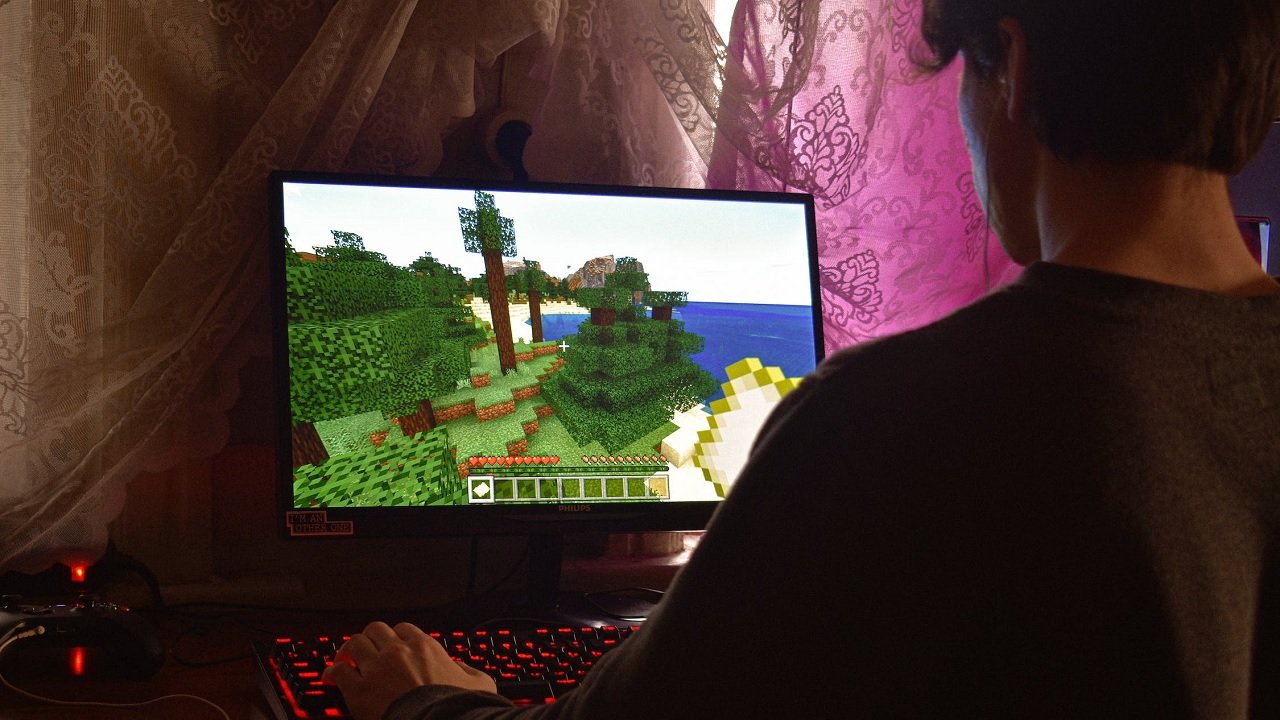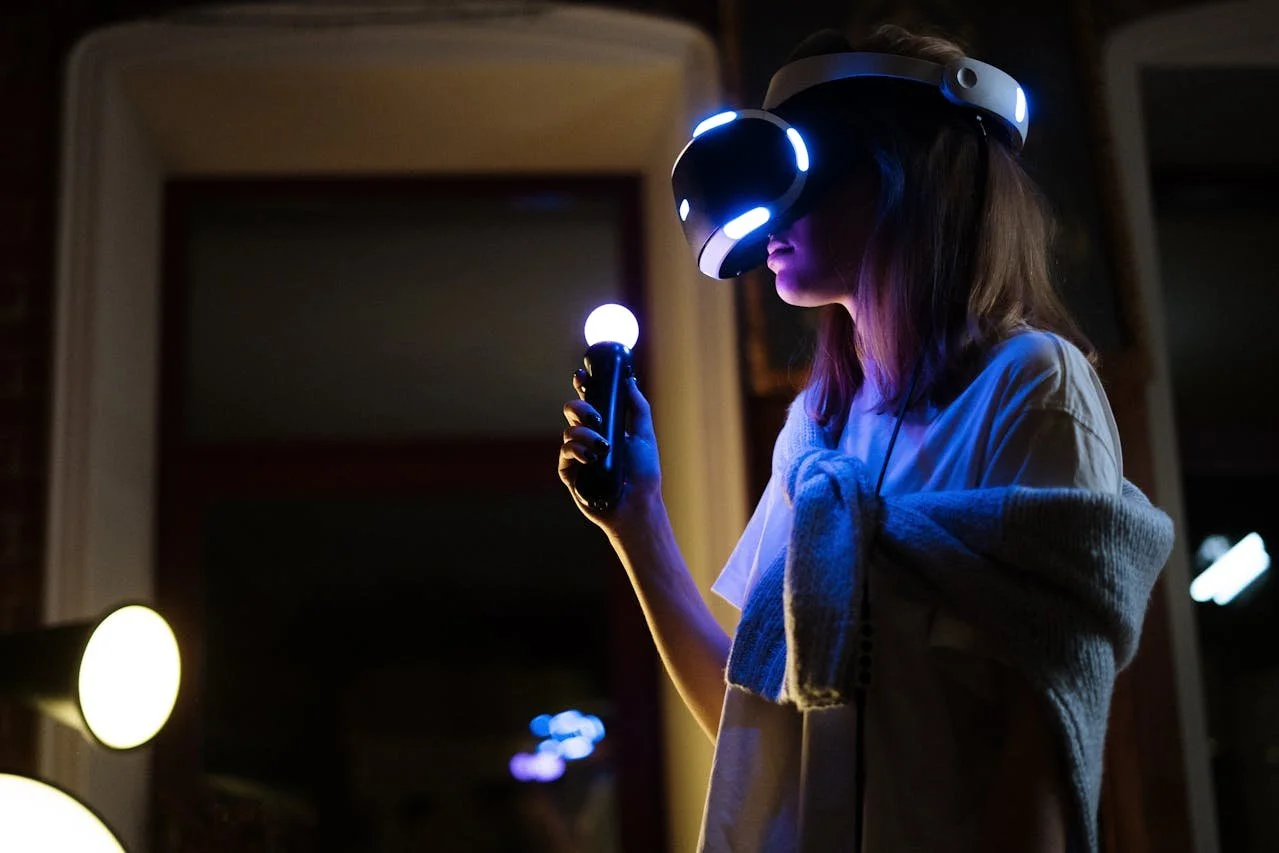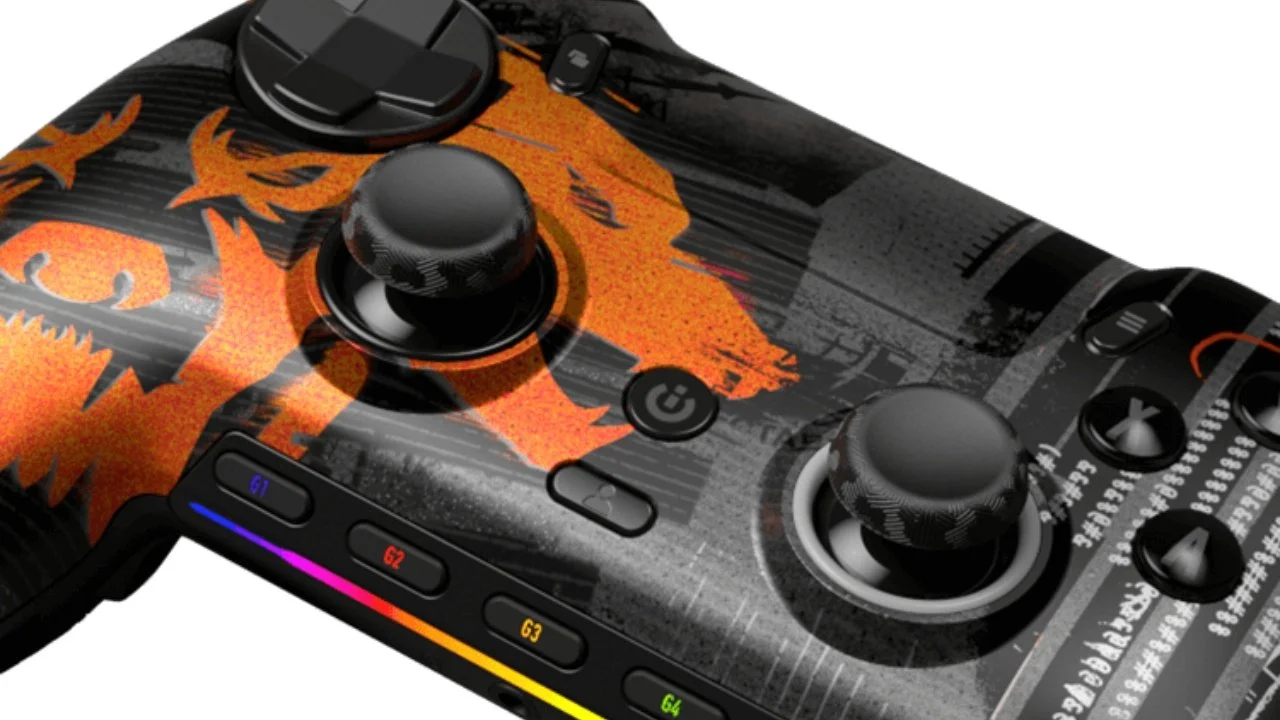Virtual reality (VR) and augmented reality (AR) are taking the gaming world by storm. These immersive technologies are creating unparalleled interactive experiences that transport gamers into new worlds. As VR and AR continue to evolve, they promise to fundamentally transform the way we play games.
The Rise of VR Gaming
Virtual reality gaming enables players to be fully immersed in a simulated 3D environment. Using a VR headset and motion tracking, gamers can look and move around in the virtual world just as they would in real life. This creates an unprecedented sense of presence - it feels like you're actually inside the game, which is amazing if you love playing casino games like poker. It will seem as if you’re sitting at the table with your stack of chips! Try BonusFinder for online casino apps if this sounds appealing.
VR gaming first went mainstream with the launch of the Oculus Rift headset in 2016. Since then, other consumer headsets like the HTC Vive and PlayStation VR have hit the market. The technology has improved drastically, with higher resolution displays, better motion tracking, and wireless capabilities. This has enabled more complex and engaging VR games.
Many genres work well in VR, especially first-person action and horror games. Popular titles like Beat Saber, Half-Life: Alyx, and Resident Evil 7 are essentially built around VR. The ability to manipulate objects and environments with your own hands adds a new layer of immersion. VR games also often incorporate roomscale movement, letting you walk around virtual spaces. This natural movement goes a long way toward making VR gaming feel more lifelike.
Streamlining the Experience
While VR gaming offers unmatched immersion, there are still challenges to tackle. The equipment is expensive and requires ample setup. VR headsets must be tethered to a console or PC with a cable. This limits mobility. However, new advancements are streamlining the experience.
The Meta Quest 2 costs just $199. Upcoming headsets are getting smaller, and lighter, and don't need external sensors. Inside-out tracking solutions follow your position without external cameras. These improvements will make home VR gaming more convenient and accessible.
Powerful stand-alone VR devices also enable new mobile experiences. Immersive games will be available anytime, anywhere. Multiplayer VR gaming will take cooperation and competition to new levels when players can freely move without wires.
Augmented Reality Emerges
VR completely surrounds you in a virtual environment, AR overlays digital elements onto the real world. AR gaming uses smartphones and tablets to display gameplay on a video feed of your surroundings. Pokémon Go pioneered mass-market AR gaming in 2016. Since then, AR has expanded beyond mobile devices.
Dedicated AR headsets like the Magic Leap One provide persistent 3D graphics pinned to real world objects and surfaces. Hand tracking and spatial mapping technology achieve seamless integration between digital and physical. Popular apps like Wonderscope use AR for interactive storytelling. More complex AR games are emerging as the technology advances.
AR gaming’s social capabilities set it apart from isolated VR experiences. Multiplayer battles can unfold in shared real-world locations. Monsters and characters can hide behind real objects, creating a digital scavenger hunt.
The Future of Immersion
As VR and AR hardware continues to progress, virtual worlds and overlays will become increasingly convincing. Eye tracking, facial tracking, and haptic feedback will make interactions more natural. Light field displays will replicate real-world depth of field, clarity, and perspective. Powerful AI will enable reactive worlds that respond intelligently to players.
Eventually, VR and AR will converge into mixed reality experiences combining overlays and complete immersion. Varjo’s XR-3 headset already offers seamless switching between AR and VR. Haptic gloves like HaptX will let you feel virtual objects. Omnidirectional treadmills support free movement in VR. As these components integrate together, virtual worlds will become almost indistinguishable from reality.
Gaming will drive mainstream adoption of XR technology that also has broad applications. Video entertainment, remote collaboration, medicine, education, design, and manufacturing will all harness immersive VR, AR, and everything in between. The possibilities for training, visualization, and simulation are limitless. Our everyday lives and work will increasingly integrate with virtual layers enabled by wearable immersive devices.
Gamers eagerly await what this virtual future will bring. One thing is certain: interactive entertainment will never be the same once you experience gaming from within.


















